The Queen's Dresses
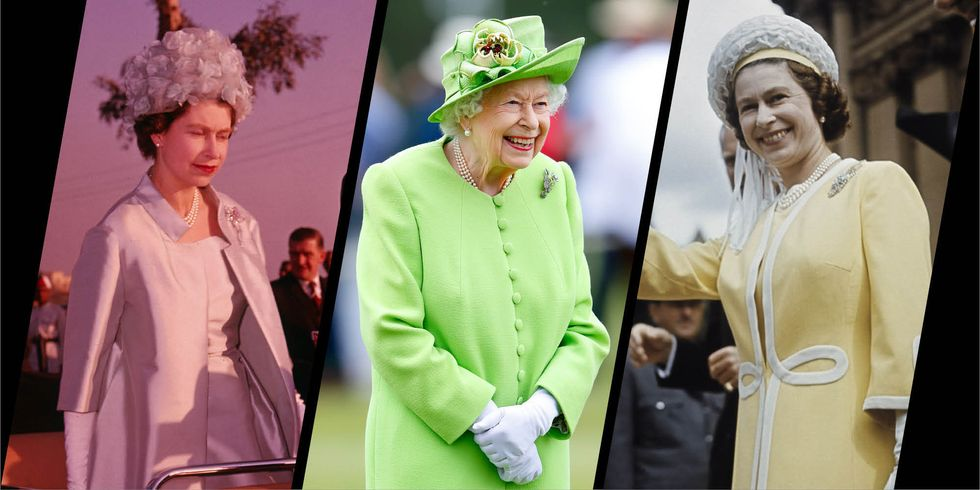
Where is the Queen’s coronation dress kept?
Windsor Castle
At Windsor Castle, the Coronation Dress and Robe of Estate worn by The Queen for her Coronation at Westminster Abbey on 2 June 1953 will be on display.
Who is the queens dress designer?
Mary Angela Kelly
Mary Angela Kelly, LVO (born 4 November 1957, Liverpool) is a British fashion designer, dressmaker, and milliner, who has served as Personal Assistant and Senior Dresser to Queen Elizabeth II since 2002.
How many dresses did Queen have?
At her death, over 2000 gowns were recorded in Elizabeth’s wardrobe. These accounts and portraits of the period provide much of the available information about Elizabethan dress.
What colors does the Queen wear most?
An analysis done by Vogue in 2012 showed the queen most often wore blue that year, though McAndrew said earlier this year she believed the royal is “more into pink and red now.” “She’s gotten very into lime green recently as well,” McAndrew said.
Where are the Queen’s clothes stored?
All of the queen’s clothes and accessories are kept and archived at Buckingham Palace.
The fashion power of Queen’s style
“If I wore beige, no one would know who I was.” Queen Elizabeth II famously said.
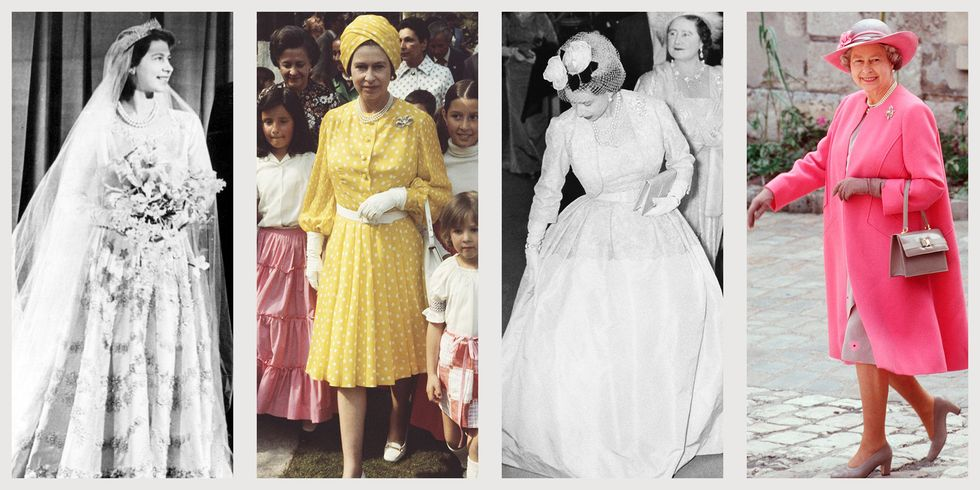
These are the words of a woman with a keen eye for the meaning of clothes. For the late Queen, fashion wasn’t frivolous - nor was it an insignificant part of her job. Quite the opposite; the monarch knew that what you wore mattered, and when you were such an important public figure, it mattered.
As a symbol and spiritual pillar of the British royal family, the Queen’s clothes are both dress and symbol and one of the windows through which she communicates with the outside world. Her dress code is determined months or even a year in advance.
The Queen was very opinionated about her dress and the message it conveyed. Hardy Amies, a mid-century designer, once said: “I don’t dress the Queen. The Queen dresses herself, we just give her clothes.” Stewart Parvin, the current royal designer, also said that he often didn’t know what the Queen would be wearing until the last minute, and that she always picked the outfit that received the most press.
The style legacy of the Queen is a simple lesson in the power of fashion. She was not just a style icon, she was the embodiment of something bigger than herself; a living symbol.
The Journey of Queen Elizabeth’s fashion evolution:
!youtube(dED6IqmzBXs)
1940s - austere and down-to-earth
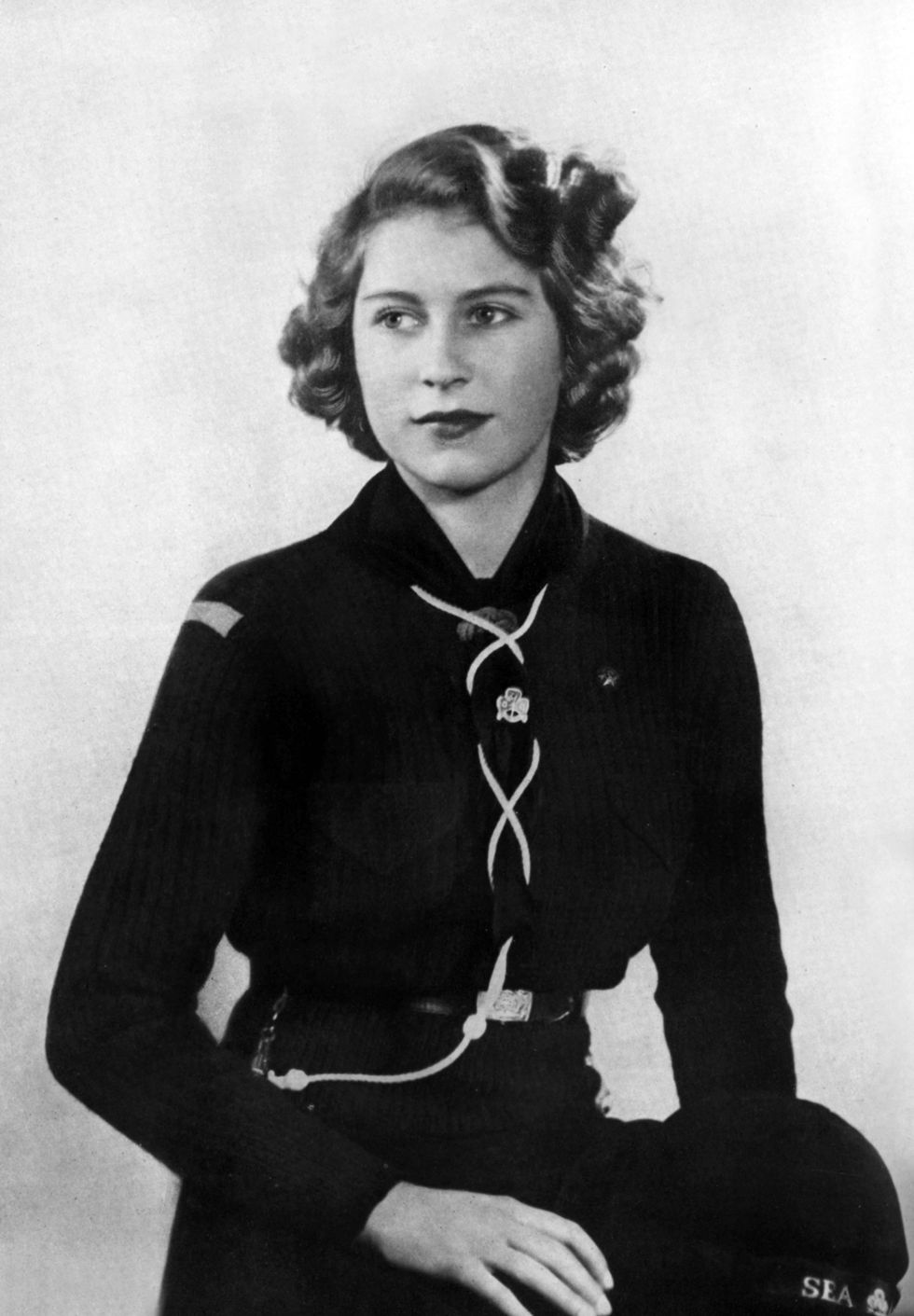
Princess and heir apparent, the young Elizabeth was already dressing with one eye on personal style and the other on duty. She wore many uniforms in this regard, not least the actual uniform of a serving woman in the armed forces during the war. In 1944, aged 18, the Princess Elizabeth enlisted in the Auxiliary Territorial Service, without any preferential treatment, and qualified as a mechanic. During this time, she was frequently seen in her military uniform, and her ‘off duty’ looks were both feminine and practical.
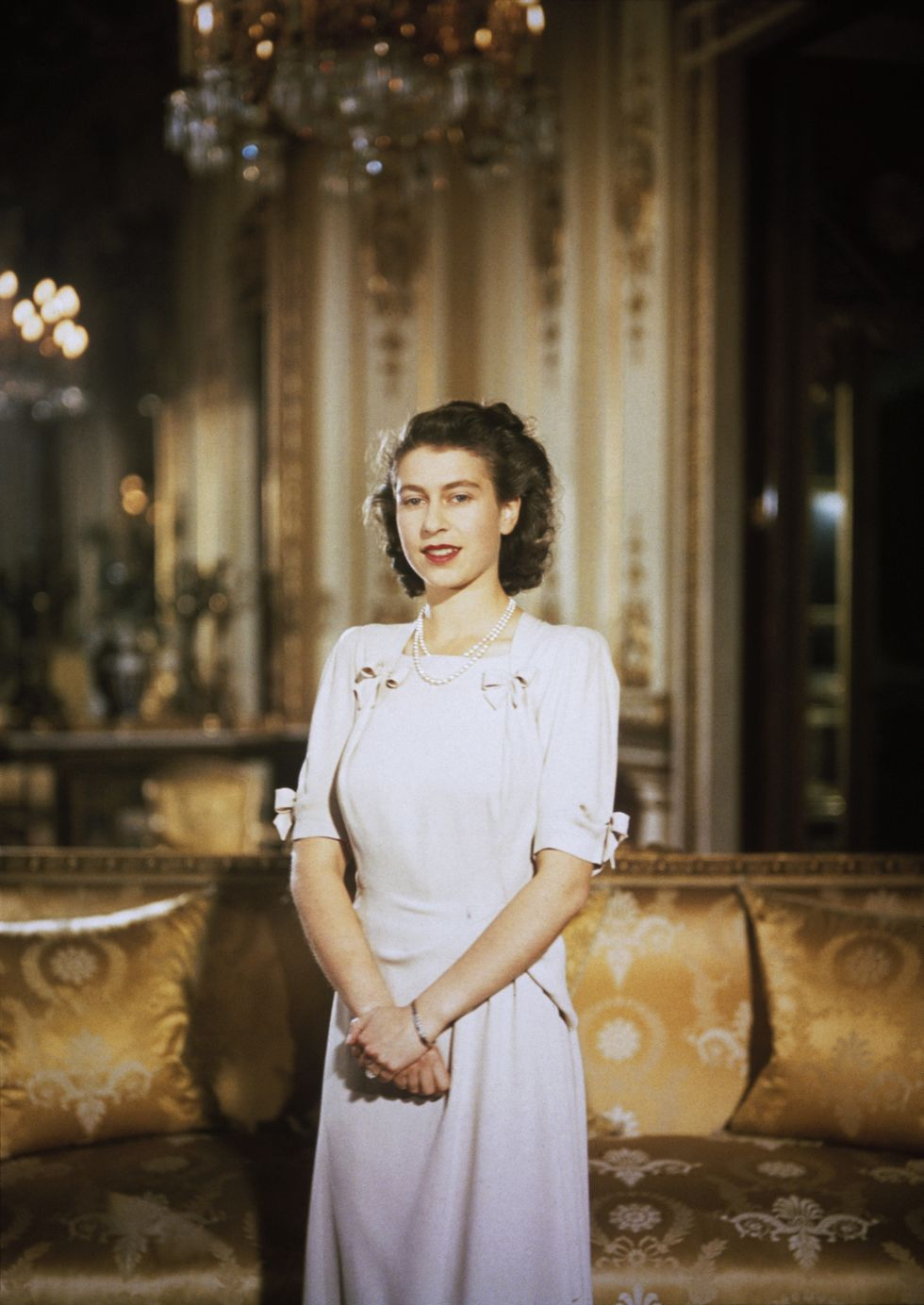
1950s - full skirts and nipped-in-waists
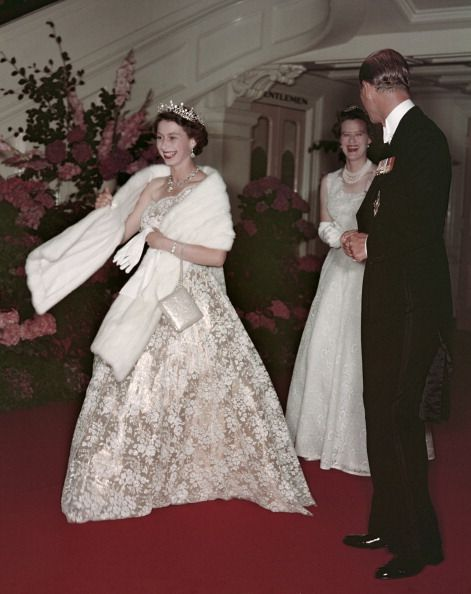
It was the decade of the young princess’s ascension to the throne - much sooner than anyone expected. During this time, the Queen’s style was one of white gloves, rich accessories and jewellery, and the long skirts and gathered waists that dominated the aesthetic of the time. Her Norman Hartnell coronation gown, embroidered with all the floral symbols of Britain and the Commonwealth, was both a symbol of national sovereignty and the ultimate in pomp and dignity.
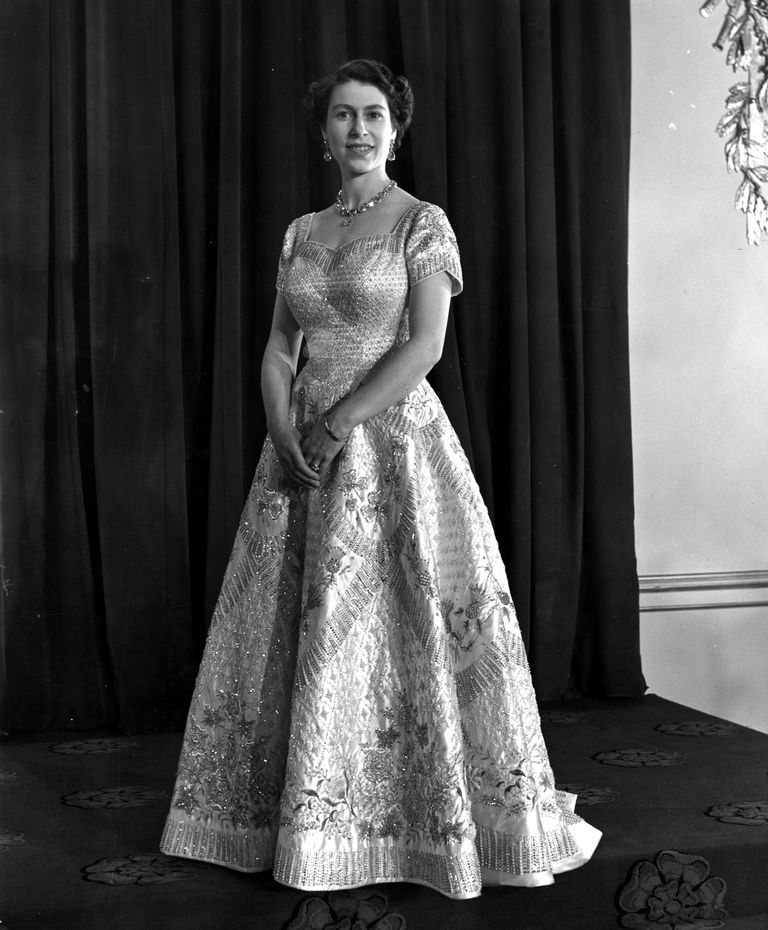
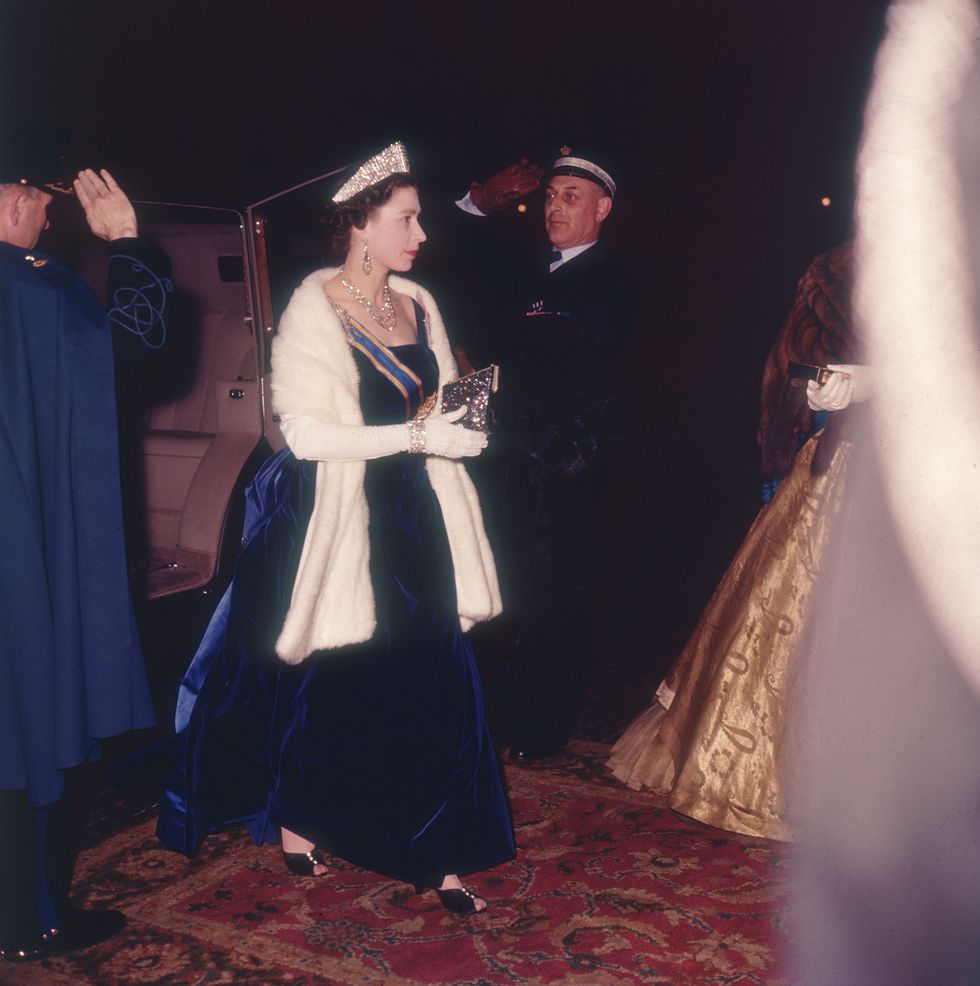
1960s - her style signatures incoming: skirt suits, pearls and brooches
The swinging miniskirts and barefoot hippie look of the 60s may not have been fully reflected in the Queen’s own fashion, but here we see Her Majesty experimenting more with colour - especially block colours and pastels (and even leopard print) - and constantly changing shapes, such as dresses and shorter hemlines.
It was during this decade that the first signs of her style icons appeared: her structured skirt suits, pearls and brooches. It was also a good period for the Queen’s long-standing love of hats, from bunkers and furs to floral whimsy.
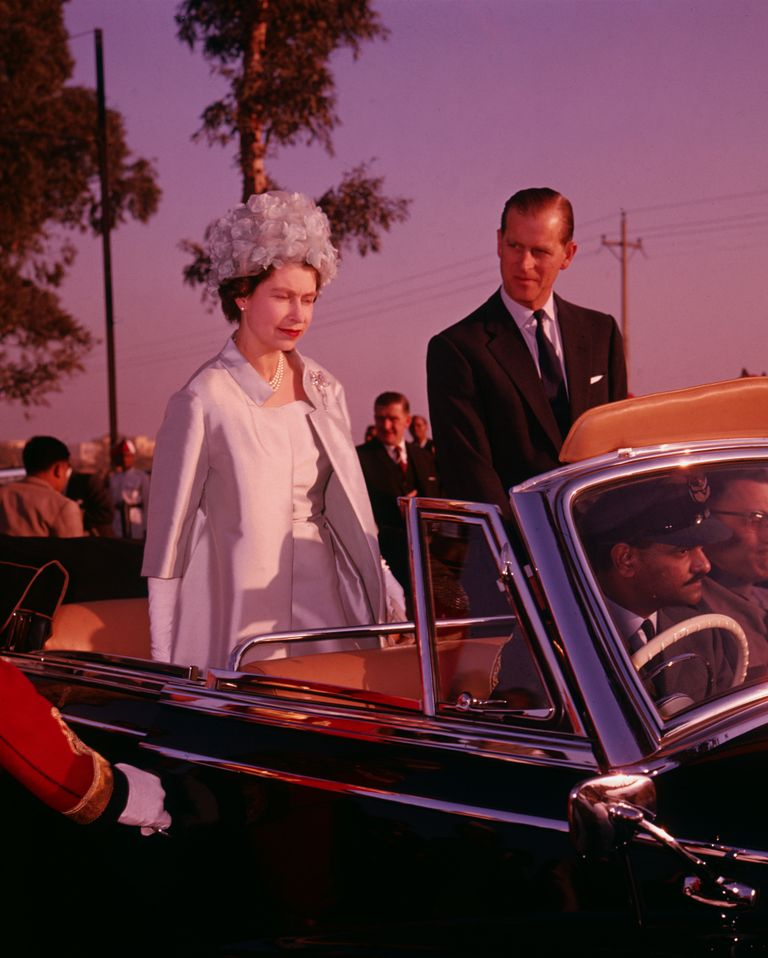
1970s - Explore the colourful palette
The Queen’s steadfast aesthetic would remain the same, with only tweaks made in the 1970s. Her Majesty embraced the changing palette of the time, exploring softer shades such as greens, mustards and browns, as well as the William Morris revival florals that were becoming so popular. She also favoured shirt dresses and capes.
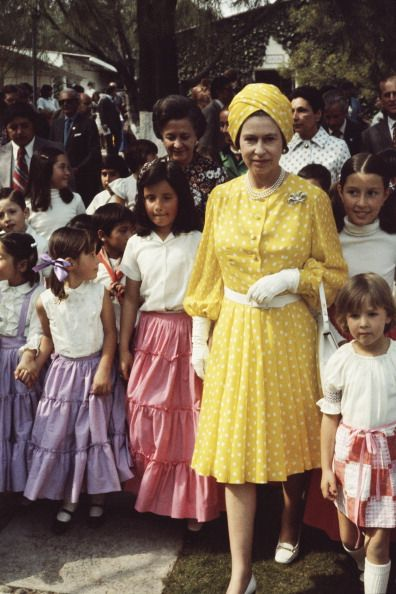
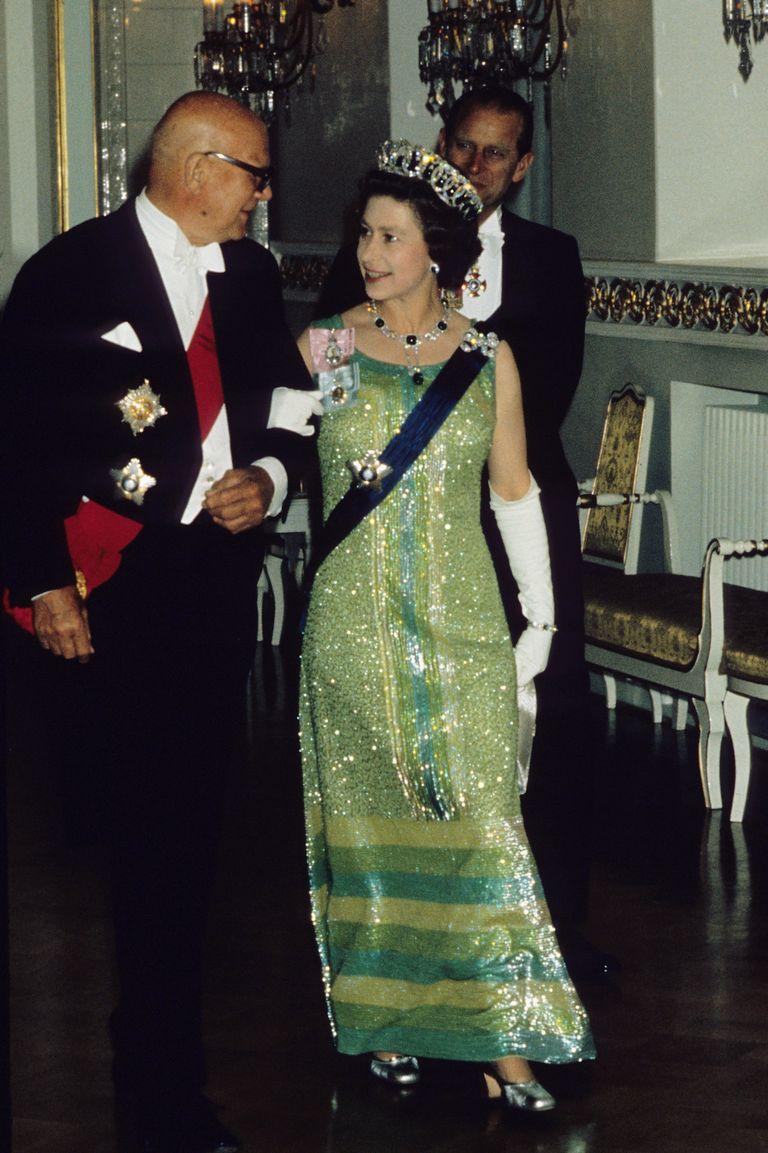
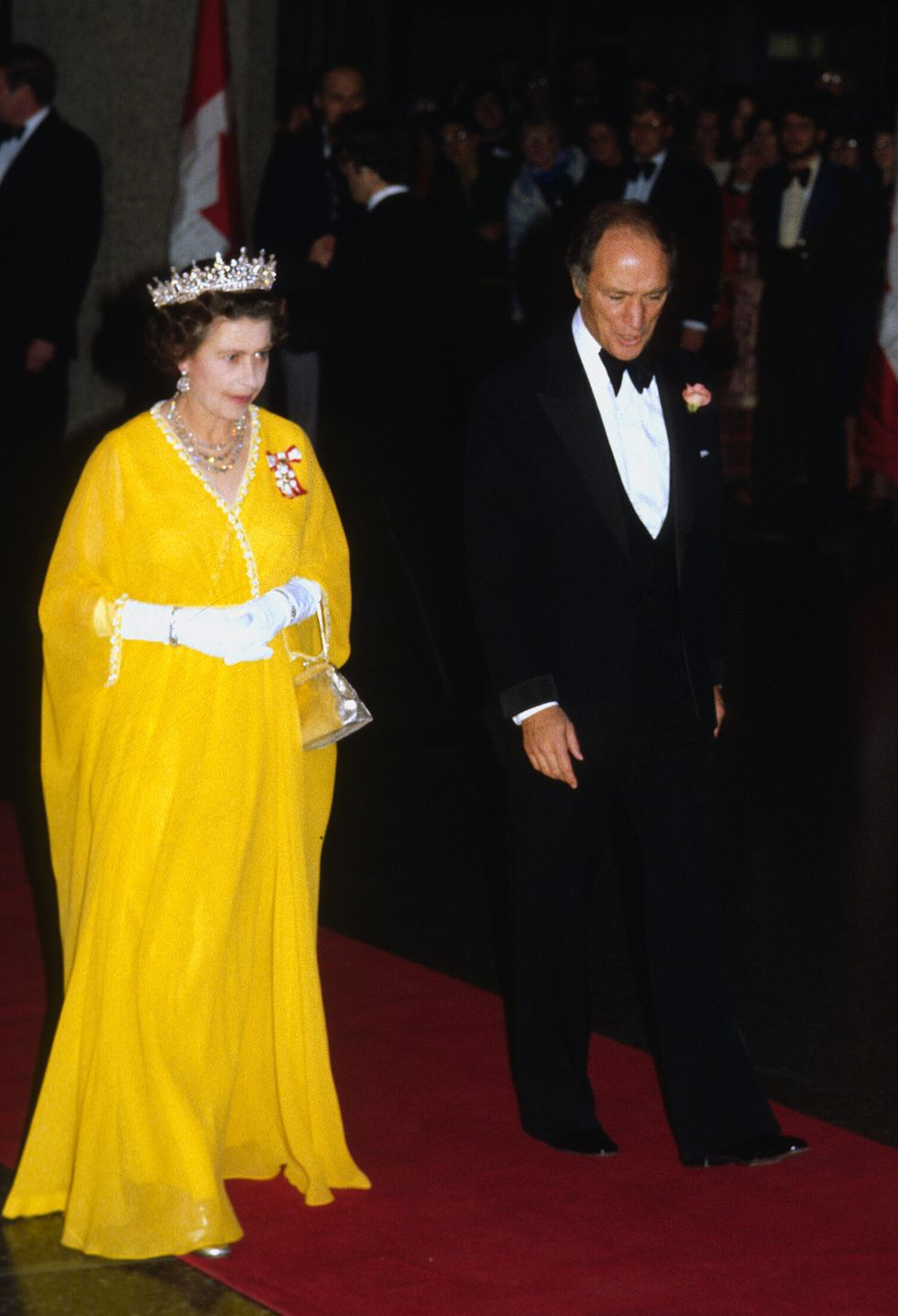
1980s - bolder florals and pastel hues
This was the decade in which the Queen became a grandmother. Her Majesty had a softer, more overtly feminine aesthetic and her formal dresses were more in keeping with the puff sleeves of the era, she played with bow blouses, bolder florals and pastel shades.
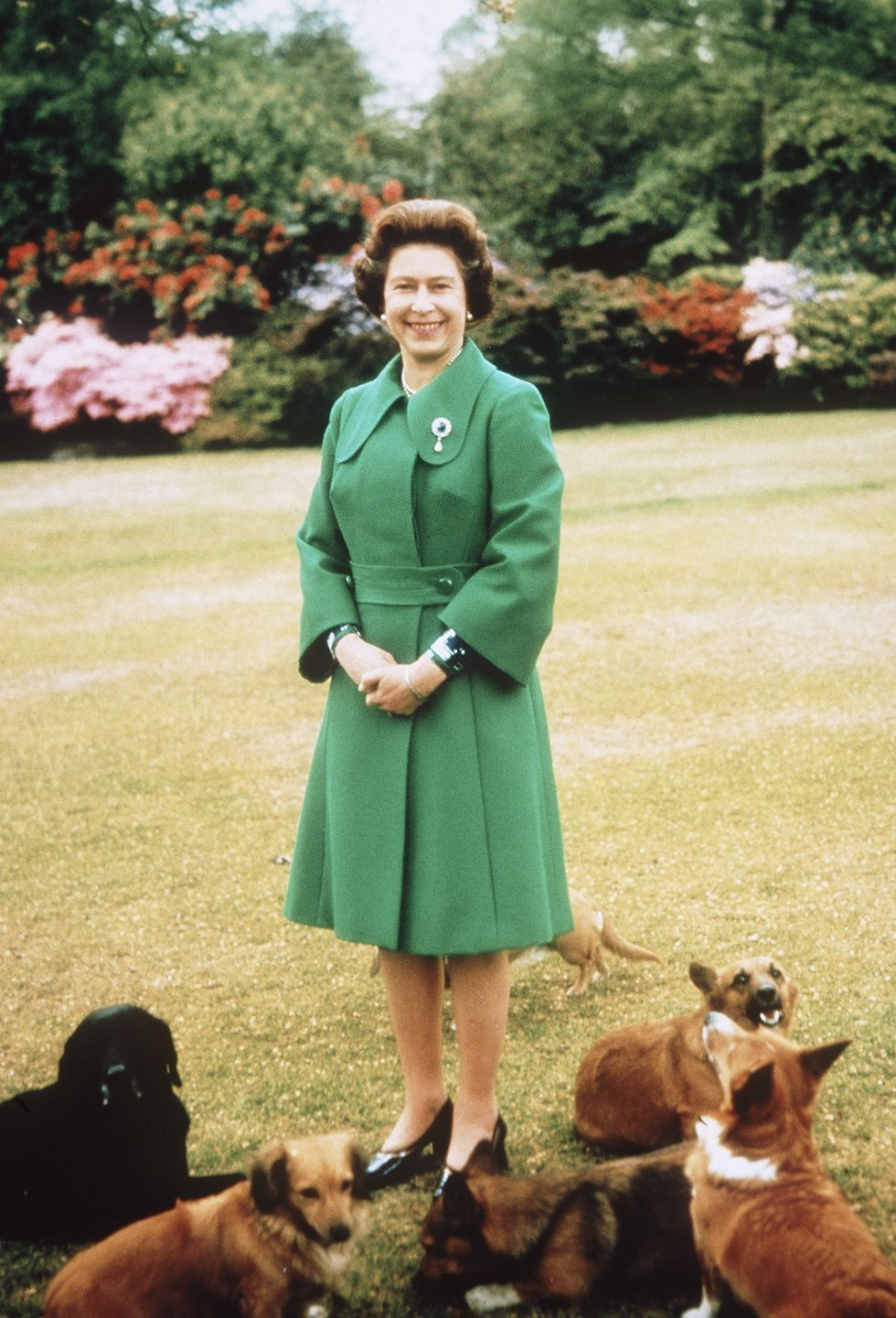
1990s - Queen of colour
The ‘Queen of Colour’ was born in the 1990s. It was a decade she called “the terrible years” - the divorce of her three children, the earthquake at Windsor Castle - and, of course, the tragic death of Diana; the first time the Queen moment of hostility and a huge drop in popularity. Yet it was during this time that Her Majesty began her now famous rainbow round of bold block colour dressing. At a time when the monarchy’s popularity was at its most fragile, she became more of a symbol than ever before.
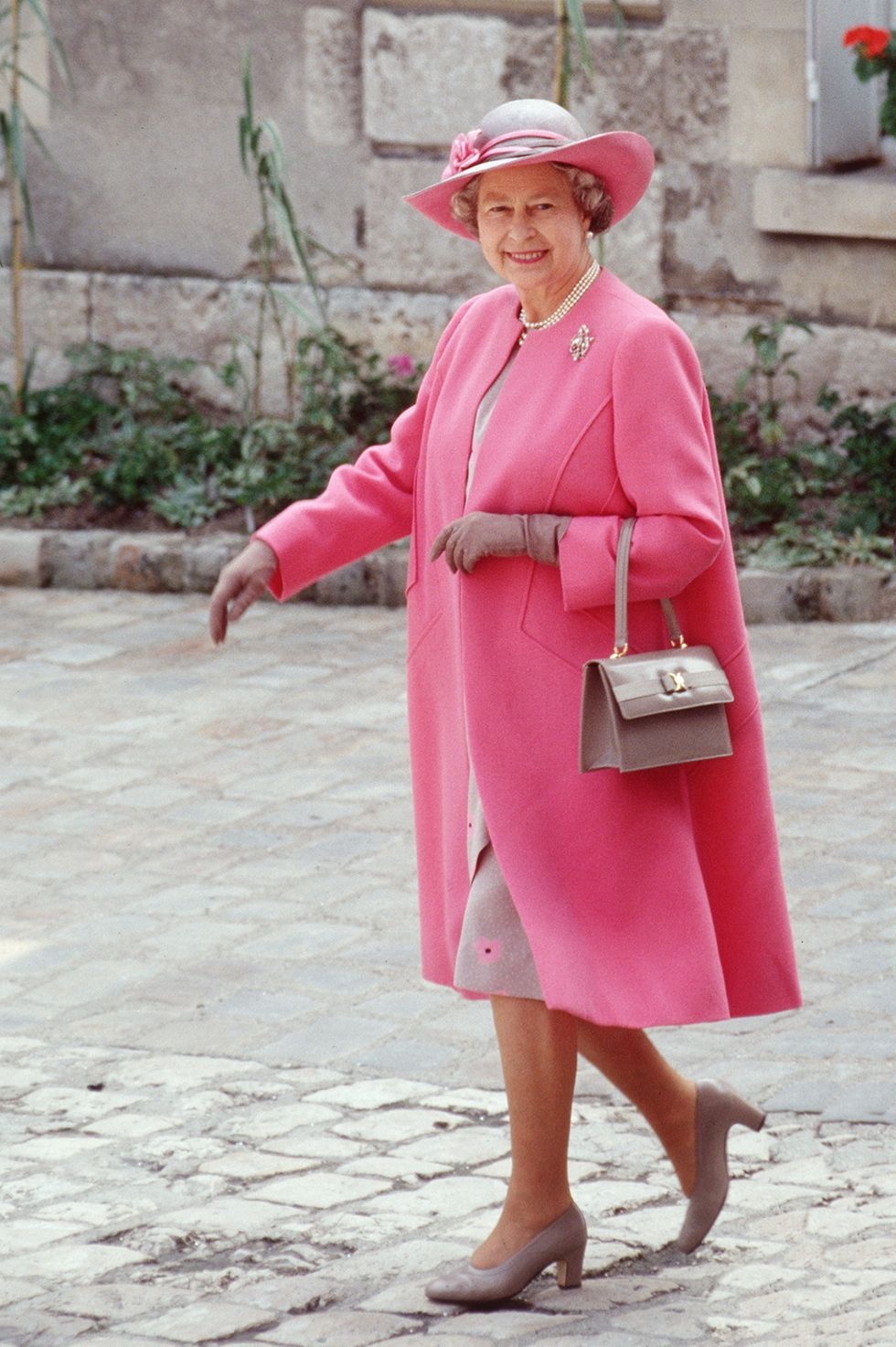
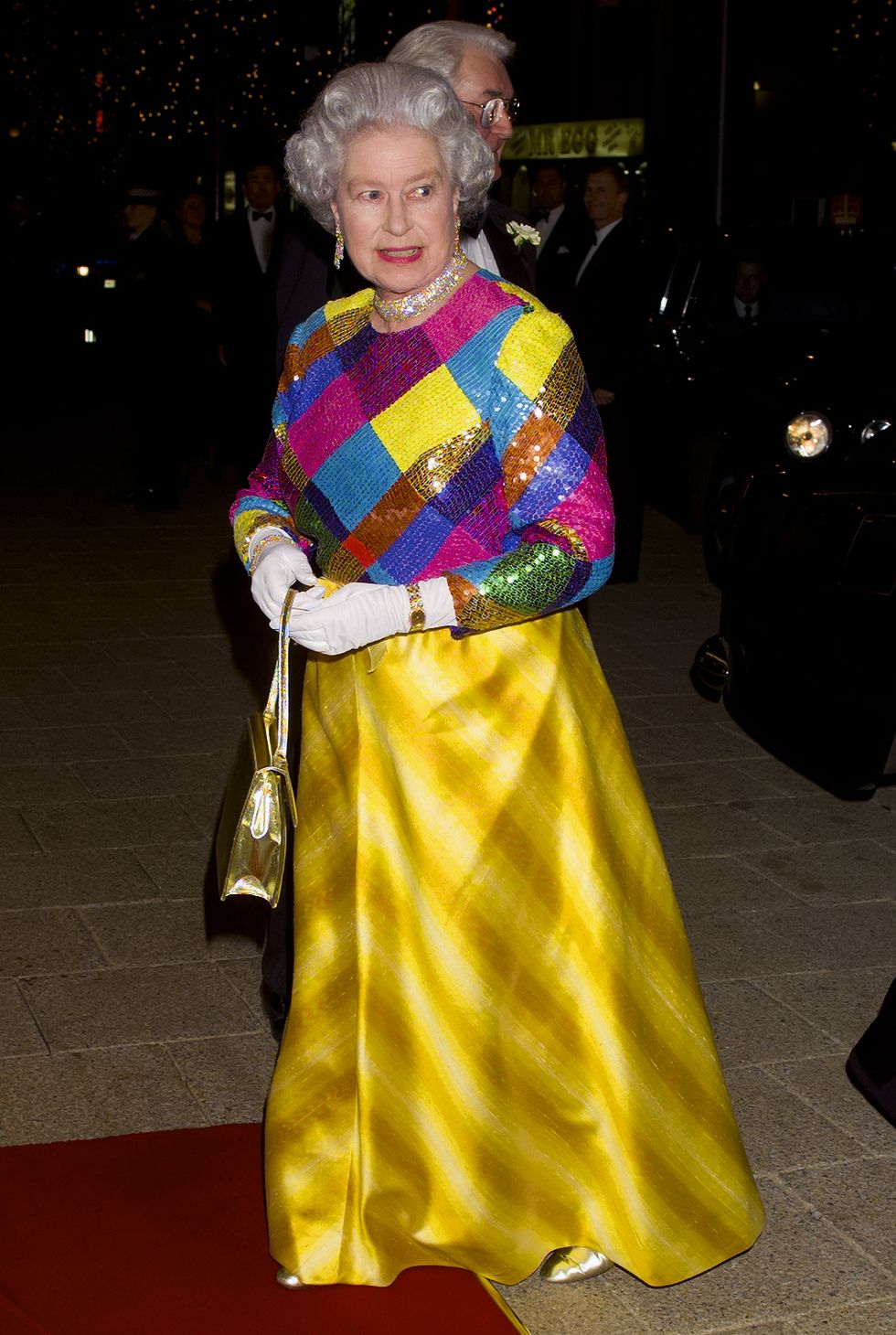
2000s…today
Bold colours, fine hats, pearls, brooches, tweed skirts and black handbags. During the last two decades of her reign, the Queen maintained a clear standard of uniform that demonstrated her unwavering dedication to a life of public service during a time of global and personal upheaval.
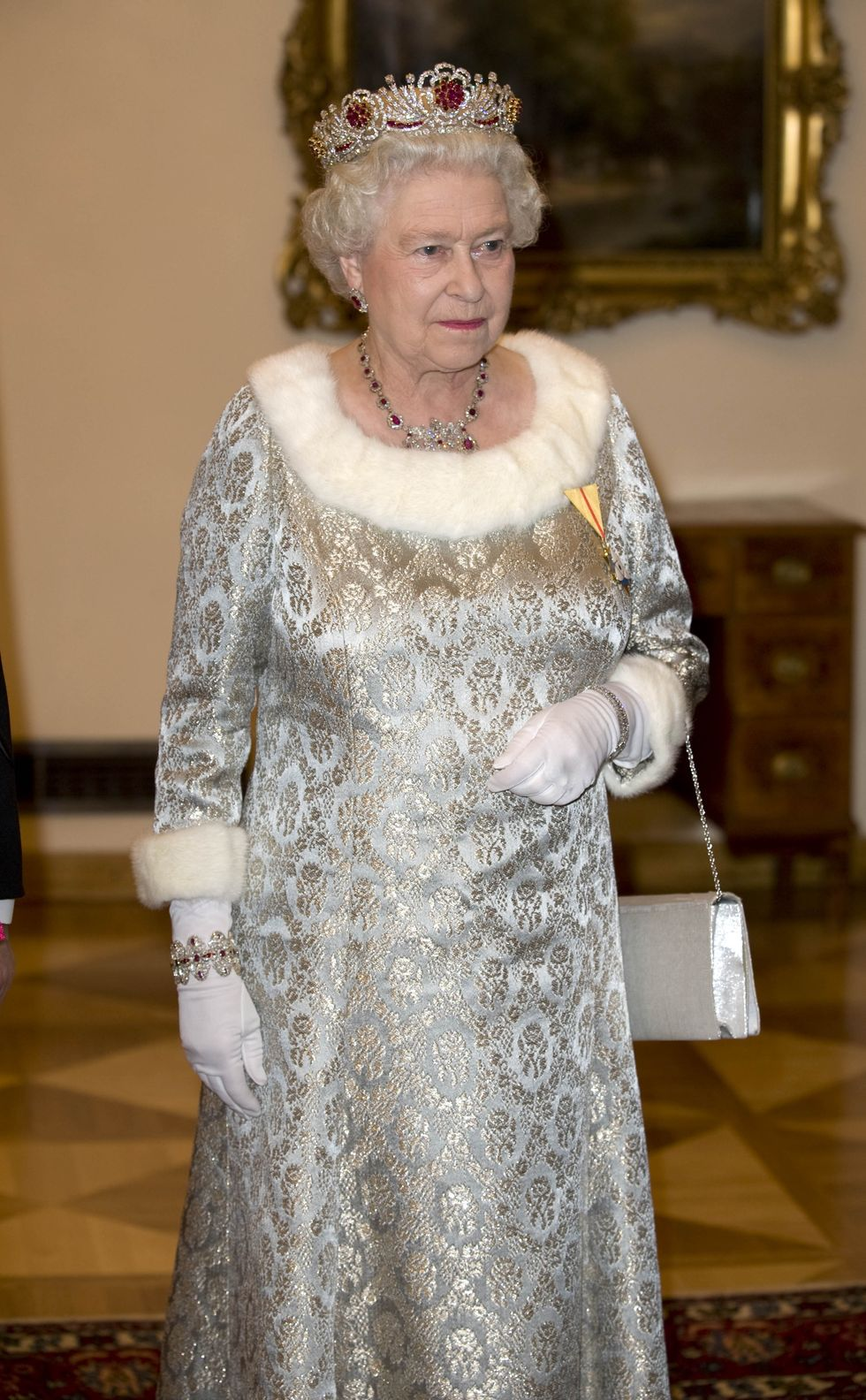
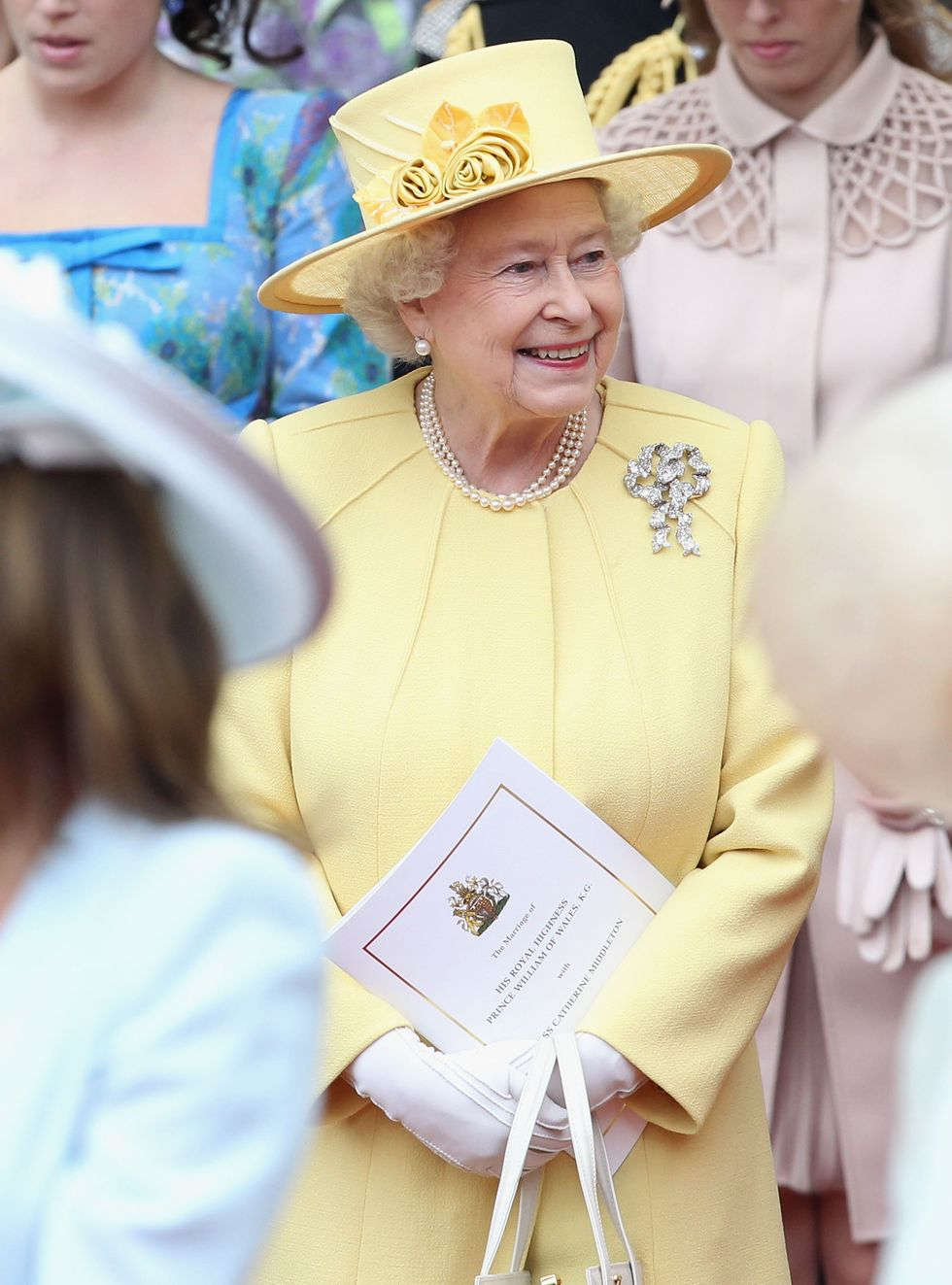
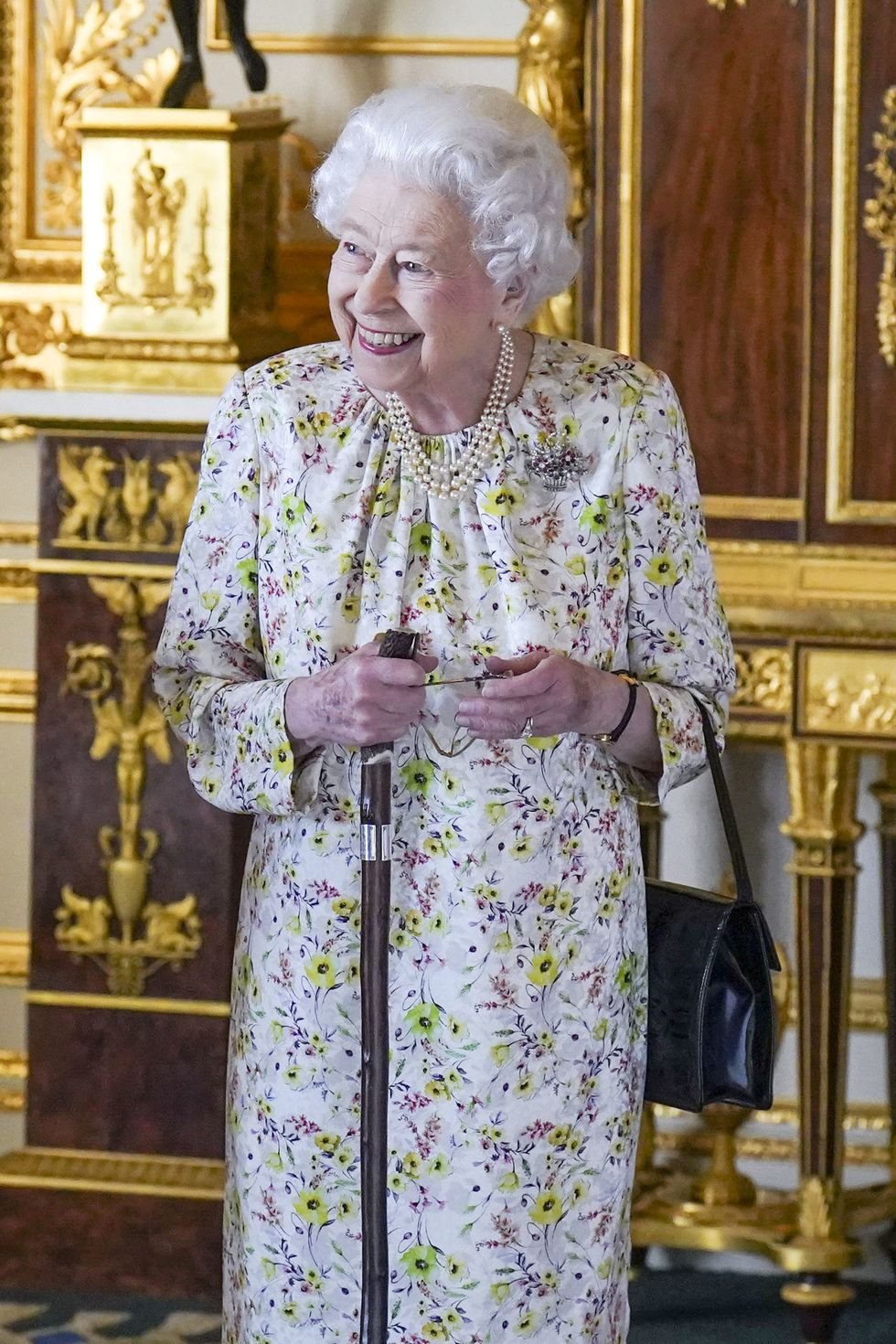
In her last photograph, she is wearing any British grandmother’s garb, but not without the accoutrements of her character. Her tartan dress - a tribute to her beloved Scottish home in Balmoral. Her black handbag - a symbol of her steadfastness. And of course, she is portrayed as doing what she has done all her life: her duty.
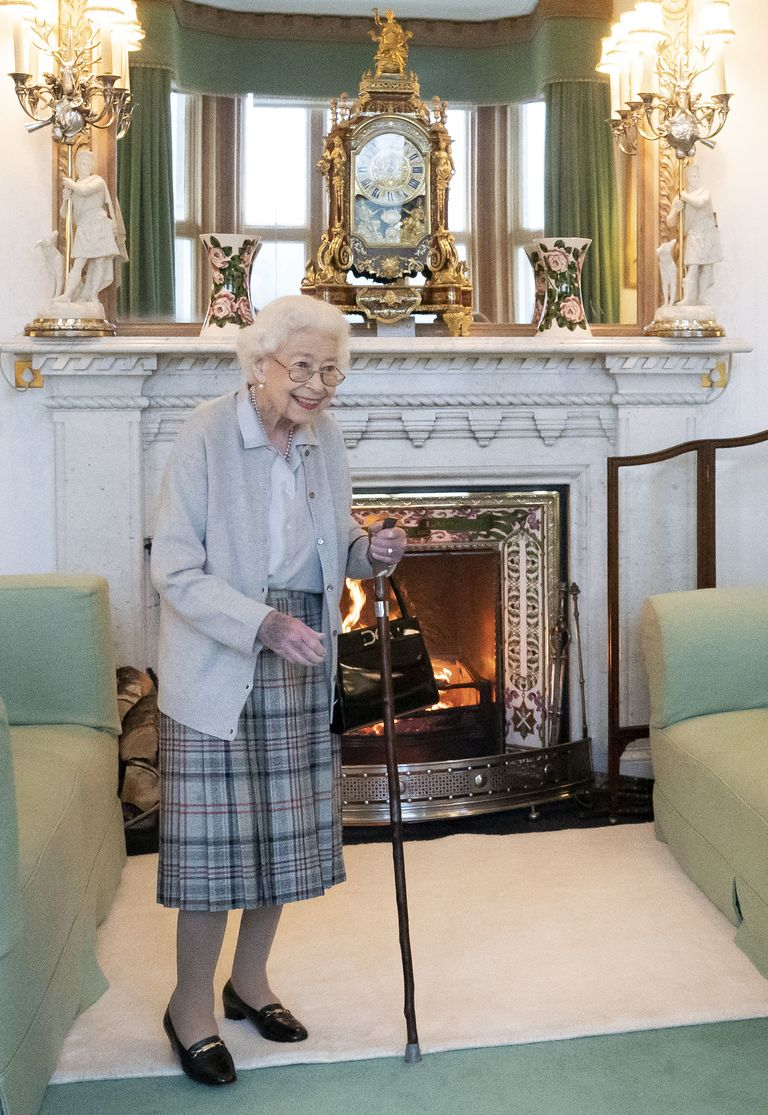
More Related Articles Please forward to:
Queen Elizabeth II Of The World
Ordinary People Can Use Five Ways To Live As Long As Queen Elizabeth II
Queen Elizabeth II’s Accessories